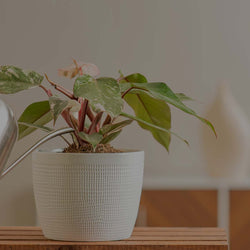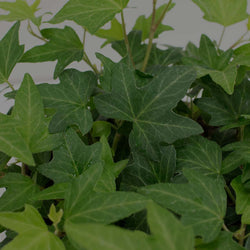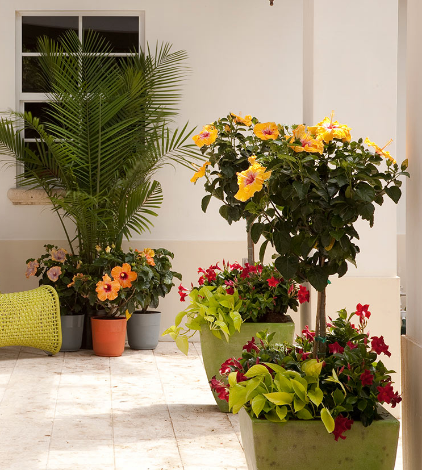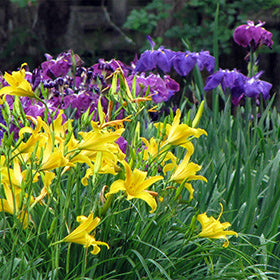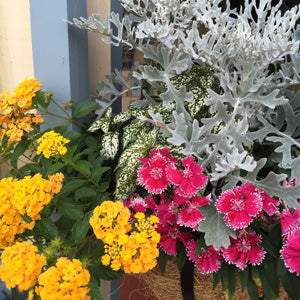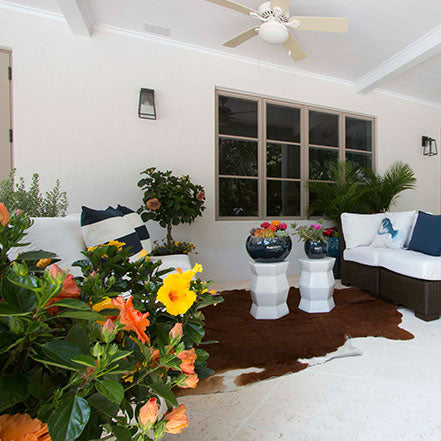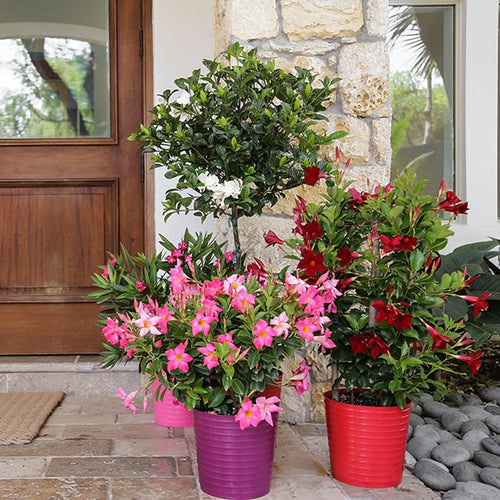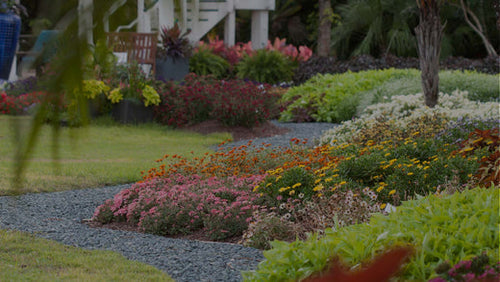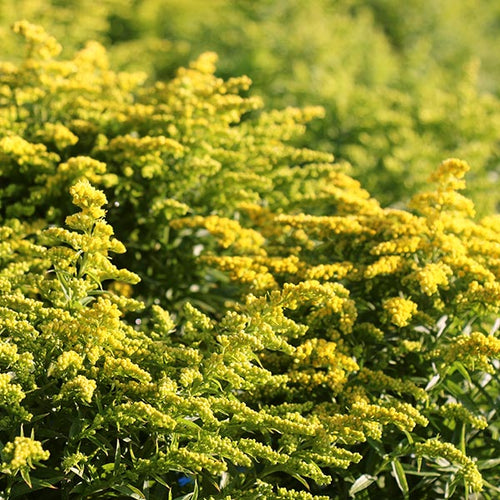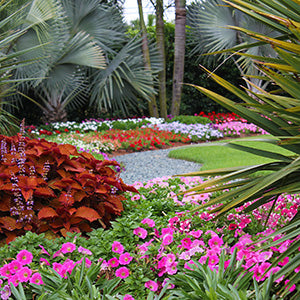
One of the most common questions we get here at Costa Farms is how to water your orchid. It’s no surprise – it’s a good question. After all, you don’t see a lot of plants sold growing in moss with their roots visible. Read on for tips for watering phalaenopsis (moth), dendrobium, and oncidium orchids.
So how do you water orchids? The easiest way is to soak your orchid in a bowl of water once every week or two --- when the moss dries out. Unlike most houseplants, you don’t need to keep orchid moss evenly moist; if it stays too moist, the orchid can rot.
You can also water your orchid like a traditional houseplant – just apply a splash of water to the moss once every seven to 10 days. If the moss feels moist, you can wait a few days and check again before watering.
Happily, orchids are surprisingly resilient when it comes to drying out when they’re not in bloom. If you’re on vacation or get busy, you can often get by three or maybe even four weeks, depending on the conditions, without your orchid dying. One sign to watch for that your orchids are really thirsty is when the leaves start to look crinkled.
It’s tough to give specific timing instructions for how often to water because your orchids will drink more or less water depending on different conditions, including:
-- Light: The brighter the light, the more water they often want
-- Temperature: The warmer it is, the more water they typically need
-- Humidity: The drier the air, the more water they usually need
-- Time of year: Many orchids rest in winter, so they don’t use as much water as they do in spring and summer
Watering Orchids in Pots without Drainage Holes
Note: If your orchid is in a cache pot (a pot without a drainage hole to let excess water to escape), we recommend pulling the orchid's growing pot out of the decorative cache pot first. Water it in the sink, then place it back in the decorative pot after water has stopped dripping from the moss.
If you don't remove your orchid from the cache pot, be sure never to add so much water that it collects and the moss sits in a pool of moisture at the bottom of the pot.
